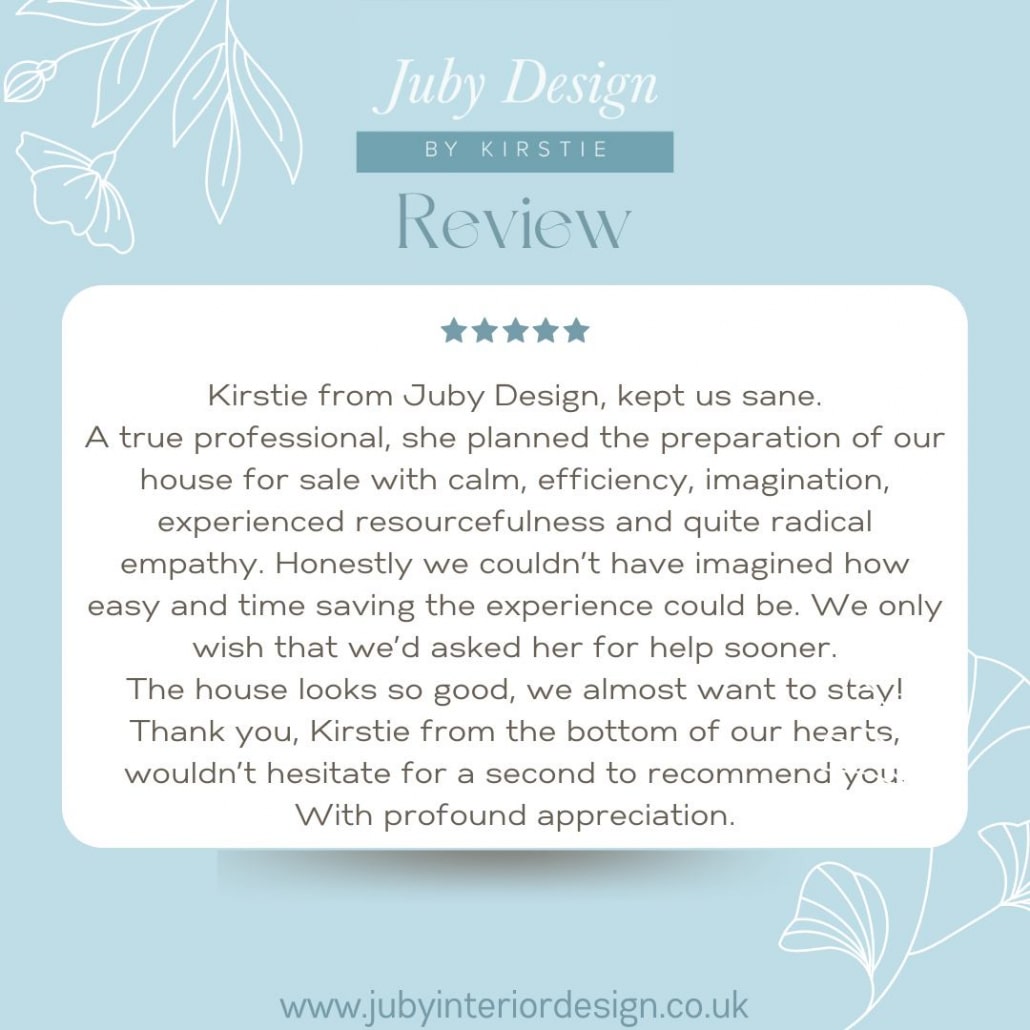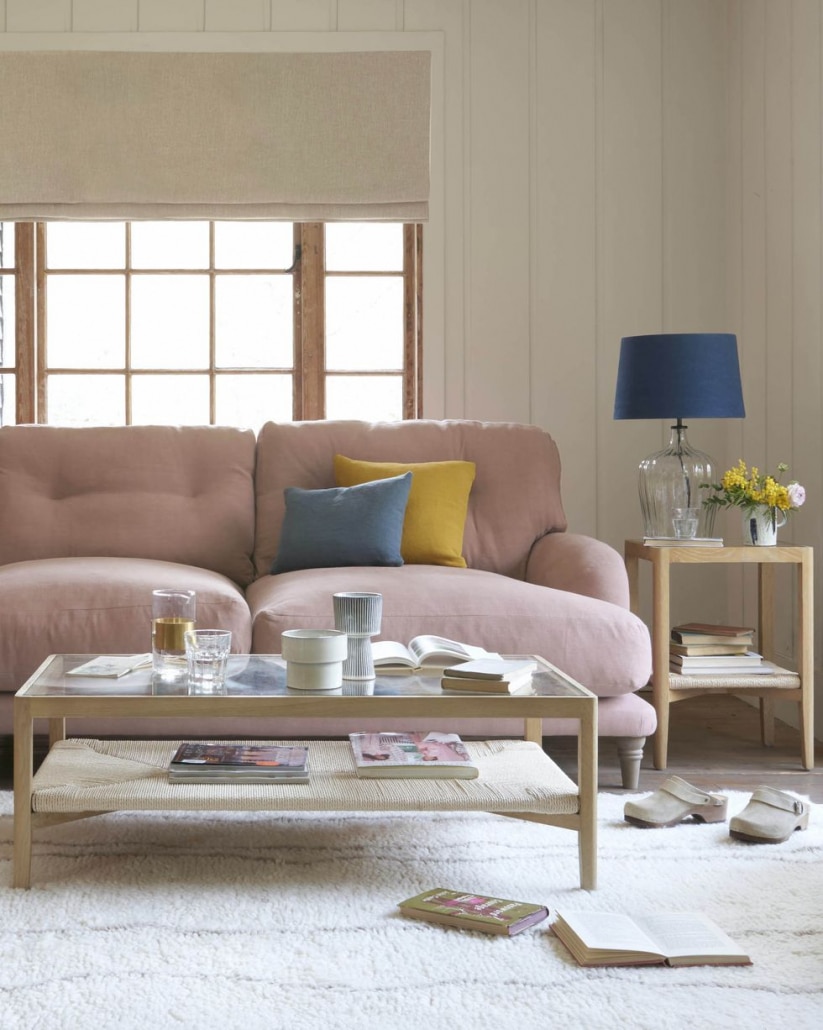Unlock Your Home’s Potential: Mastering Wallpaper Do’s and Don’ts for Stylish Interior Design
In the realm of interior design, wallpaper has undergone a remarkable transformation. Once relegated to the realms of outdated floral patterns and peeling edges, it now emerges as a powerful tool for transforming living spaces with modern elegance and flair. With a plethora of designs, textures, and finishes available, wallpaper is enjoying a newfound resurgence in popularity, captivating the imaginations of homeowners and designers alike. In this comprehensive guide, we’ll delve into the dos and don’ts of wallpapering, providing you with the knowledge and insight needed to harness its potential and elevate your interior design to new heights.



The Focal Wall Magic:
Wallpaper is no longer about covering every inch of a room. Instead, it’s about creating focal points that command attention and set the tone for the entire space. By choosing one standout wall to showcase your chosen wallpaper, you can create a striking visual impact that enhances the overall aesthetic of the room. Treat this wall as you would a piece of artwork, allowing it to take centre stage and become the focal point of the room’s design.
Exercise Caution with Patterns:
While bold patterns can add personality and flair to a space, it’s essential to exercise caution when selecting wallpaper designs. Opt for timeless patterns such as textured grass patterns or subtle metallics that add elegance without overwhelming the room. Avoid trendy or overly unique patterns that may quickly become outdated, opting instead for designs that will stand the test of time and complement your existing decor.
Architectural Enhancements:
Wallpaper has the power to transform architectural features, turning plain surfaces into stunning design elements. Consider papering panel walls, columns, bulkheads, or alcoves to add depth and visual interest to your space. This not only enhances the architectural character of the room but also serves as a frame for your beautiful wallpaper, drawing attention to its intricate details and textures.
Professional Installation:
While painting may be a DIY project for many homeowners, wallpapering is an entirely different skill set that requires precision and expertise. Attempting to wallpaper a room yourself can often lead to frustration and subpar results. Instead, enlist the help of professional installers who have the experience and tools needed to ensure a flawless finish. By investing in professional installation, you can avoid costly mistakes and achieve the stunning results you desire. My trusted trades would be more than happy to help, here’s the link for my decorators.
Batch Buying and Quantity:
Consistency is key when it comes to wallpaper, so it’s essential to purchase all your paper in one batch to ensure uniformity in pattern and colour. Additionally, be sure to buy enough square footage to cover the full area you plan to wallpaper, with a bit extra to spare. This ensures that you have enough paper to complete the project without running short or encountering discrepancies in pattern or colour. Remember, wallpaper can be damaged during installation, so it’s better to have too much than too little.
Room Restrictions:
While wallpaper can add visual interest to any room, there are certain spaces where it may not be suitable. Kitchens and bathrooms, in particular, present unique challenges due to their high levels of humidity and the presence of immovable objects such as sinks and cabinets. Additionally, patterned wallpaper can overwhelm small rooms, making them feel cramped and claustrophobic. When choosing where to wallpaper, consider the size and function of the space, as well as any environmental factors that may affect the longevity of the paper.
Quality Matters:
When it comes to wallpaper, quality is paramount. Unlike paint, which can be easily touched up or changed, wallpaper is a more permanent fixture in your home. It’s essential to invest in high-quality paper that not only looks great but also stands the test of time. Cheap, low-quality paper may save you money upfront, but it can quickly deteriorate, fade, or peel, requiring costly replacements or repairs down the line. By investing in quality wallpaper from reputable manufacturers, you can ensure that your walls look beautiful for years to come.
Avoiding Bargain Buys:
While it may be tempting to opt for budget-friendly wallpaper options, especially if you’re covering a large area, it’s essential to avoid the temptation of bargain buys. Wallpaper is a long-term investment in your home, and it’s worth spending a little extra to get the quality and durability you need. Cheap paper may lack the durability and aesthetic appeal of higher-end options, leading to dissatisfaction and regret in the long run. Instead of focusing solely on price, consider factors such as quality, design, and longevity when choosing wallpaper for your home.
Mixing and Matching:
Don’t be afraid to get creative with your wallpaper choices! Mixing and matching different patterns and textures can create a dynamic and visually stunning look that adds depth and character to your space. Experiment with combining patterns in complementary colours or using different wallpapers in the same room to create a unique and personalised aesthetic. Just be sure to balance bold patterns with more subtle designs to avoid overwhelming the space.
Embracing Simplicity:
While bold patterns and vibrant colours can make a statement, sometimes simplicity is the key to creating a sophisticated and elegant look. Plain white, heavily textured paper may not have a print on it, but it can still add visual interest and texture to your walls, creating a subtle yet stunning backdrop for your decor. Don’t overlook the power of simplicity when choosing wallpaper for your home.
Architectural Integration:
Wallpaper can be a powerful tool for integrating classic architectural elements into your home’s design. Pairing wallpaper with features such as wainscoting, crown moulding, or decorative trim can create a truly timeless and elegant look that pays homage to traditional design styles. This works particularly well in formal dining rooms, where the combination of wallpaper and architectural elements can create a sense of grandeur and sophistication.
Specialised Options:
In addition to traditional wallpaper, there are also specialised options available that can add unique charm and character to your home. Paintable beadboard paper, for example, can be used to create the look of traditional beadboard panelling without the need for costly installation or maintenance. These specialised options allow you to achieve the look of custom architectural features without the hassle or expense of traditional construction methods.
Non-Woven Backing:
When choosing wallpaper, consider opting for options with non-woven backing. This type of backing is easier to strip than traditional paper-backed wallpaper, making it ideal for homeowners who like to change up their decor frequently. Non-woven wallpaper is also generally quicker and easier to install, making it a popular choice for DIY enthusiasts and professional installers alike.
In conclusion:
Wallpaper is a versatile and powerful tool for transforming your home’s interior design. By following these dos and don’ts, you can ensure that your wallpapering project is a success, adding style, sophistication, and visual interest to your living spaces. Whether you’re creating a focal wall, experimenting with patterns, or integrating architectural elements, wallpaper offers endless possibilities for expressing your personal style and creating a home that reflects your unique personality and taste. So go ahead, unleash your creativity, and elevate your interior design with the timeless beauty of wallpaper!
























 UK Business Directory
UK Business Directory
